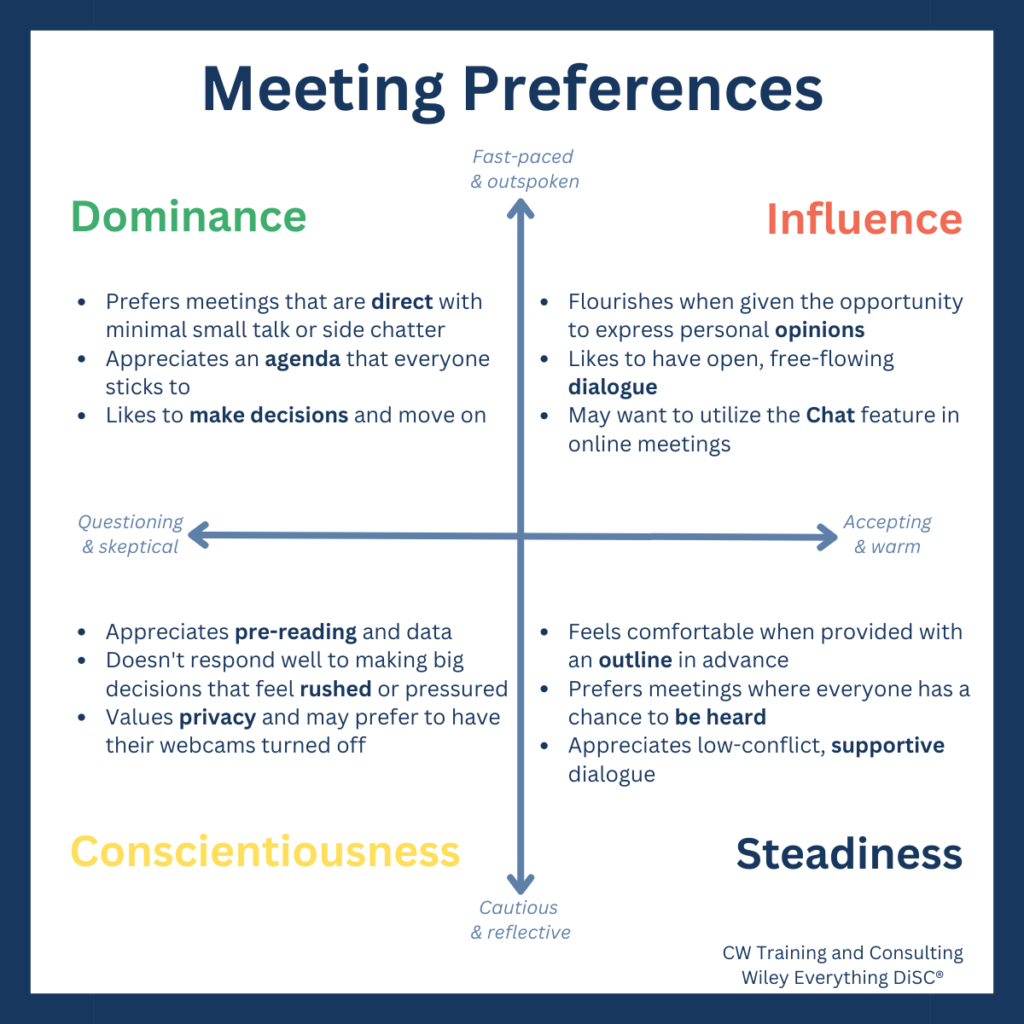
Do you find yourself managing projects when your primary role isn’t formally “project manager”? At work, it could be a new accounting system, marketing effort, or new process. At home, it could be a vacation, a group outing, or building a shed like I did recently. It was as much a project as anything I was doing at work.
Regardless of its scope or formality, your project has a higher likelihood of success if you apply these five key principles to your efforts.
Principle 1: Define What You’re Doing
Anyone who invests time or money in the project should understand the project and its scope to prevent roadblocks or disagreements down the road. I briefly define my projects in two or three sentences. For example, "My car doesn’t fit in my garage because my bicycles and tools are taking up too much space. I’m building a shed in my backyard so that I can both store my toys and park my car." I like to use "so that" in my project definitions as part of the justification. For more formal projects, I create a one-page Project Summary that includes other key information.
Principle 2: Know Your Stakeholders
In the project management world, we call anyone impacted by project outcomes “stakeholders.” Some may know they’re impacted while others may not. The latter group might catch you by surprise later with their opinions and needs, so you want to tease them out and share your project definition as early as possible.
I use a Stakeholder List to get input on stakeholders and build communication plans. Don’t forget the often-forgotten support teams like legal, finance, or customer success! The earlier you involve them the better in my experience (even if it’s a courtesy heads-up).
For my shed project, it was obvious that my spouse and the builder cared about the shed. However, did I think about potential neighbor concerns about noise or views? Would my children complain about moving their bicycles to the back? I spoke to them early to understand their concerns and get their buy-in up front.
Principle 3: Guesstimate the Timeline
Many factors go into estimating the time to complete a project (all of which are likely to change over time). The first trick is to define tasks at the broadest level that’s understandable yet not too difficult to estimate. When I feel good about the task definition and time guesstimate, I then consider dependencies by asking myself, “Are there deliverables from others that could impact my project tasks?”
In a home project like building a shed, estimating the task time may not seem like a big deal. However, it might be if you live in a stormy climate. How long will it take to order construction materials? To build the foundation and the structure? Is the contractor available if you're not building it yourself? Will you be done before the first rains?
It's become more and more acceptable not to create exact time estimates for projects. In fact, it’s often unrealistic. However, in my view, it’s worth the effort to sketch out the broadest level of tasks, guesstimate the time to complete them, and understand the dependencies at the outset. Your stakeholders will appreciate it.
Principle 4: Drive Decisions Effectively
I’ve learned that decision-making is the single most important aspect of a successful project. It’s what throws many projects off course. Keep tabs on what major decisions need to be made and who is ultimately making those project decisions.
I keep an ongoing list of open questions and decisions for my projects. Some clients use a decision-making process that includes role frameworks such as DACI (Driver/Approver/Contributor/Informed) to guide particularly complex decisions. Even if you’re not this formal, I always recommend identifying who needs to be involved and who’s making the decision. Choose a framework that fits the culture and needs of your team and decision-makers.
My shed project had many decisions and questions. I didn’t really care about the design decisions. As long as it fit in the space we allocated, my spouse was in charge of the design. However, I cared about the spend, so we both needed to approve the expenses. We agreed to this before we began.
Principle 5: Be Flexible During Execution
One of the greatest gifts of the Agile software-development movement is the idea of a flexible mindset. Unless you’re leading a project with well-known milestones and tasks, it’s highly likely that your project will evolve over time. More important than a plan that you stick to is a plan that can respond to change.
Good project managers create “operating mechanisms” to anticipate and respond to the unexpected. They’ll have a value-added check-in rhythm and real-time risk assessment tools ready to catch and manage issues.
While we had a good plan for the shed project, we ran into unexpected rocks under the surface that required different tools and effort. Yep, that took more time and labor than we had anticipated. Luckily, we built a schedule buffer and completed it before the rains!
Start Now and Learn More
Whether you write them down or just think about them, couple these five principles with excellent communication and I promise you will be on the path to project success.
If you enjoyed these tips, sign up for CTWTC’s newsletter so you don’t miss a future post or learning event announcement. CW Training and Consulting specializes in hands-on, interactive project and process management workshops customized to your needs.

